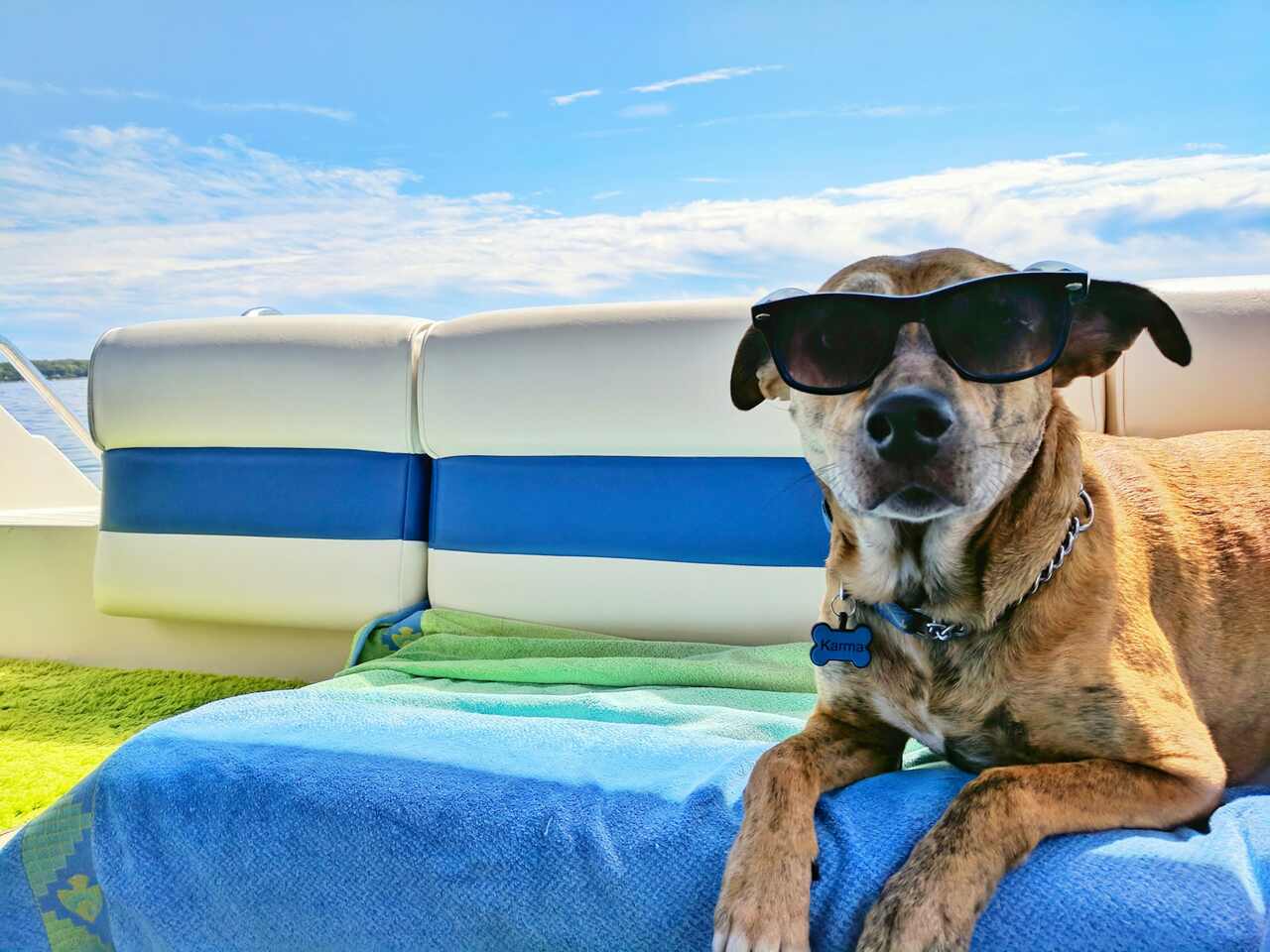 Going on vacation with your pet? Read these tips before you leave (Photo: Josh Rakower/Unsplash)
Going on vacation with your pet? Read these tips before you leave (Photo: Josh Rakower/Unsplash)
July is approaching, and many people are already packing their bags for the long-awaited trip. In some cases, the whole family goes, including that inseparable friend. Yes, taking the dog can be an extra attraction for an unforgettable trip, but according to veterinarian Dr. Aline Ambrogi from the Centro Universitário de Jaguariúna (UniFAJ), it is necessary to pay extra attention to the pet’s safety during the journey.
Recently, the case of Joca drew the attention of Brazilian authorities and protectors to the need for more specific laws regarding the air transport of domestic animals. On that occasion, the dog and his owner were supposed to leave Guarulhos (SP) for Sinop (MT). However, Joca ended up being shipped on a flight to Fortaleza (CE). The dog was sent back to Guarulhos, but when reunited with his owner, he was already dead.
Currently, there is no law in Brazil regulating the transport of domestic animals. The current regulations, both for domestic and international flights, are based on ordinance 12.307 of 2023 from the National Aviation Agency (Anac).
According to the UniFAJ veterinarian, the first step is to understand the chosen airline’s rules. “It is important to know in advance the size of the box to be used for transporting the dog and what veterinary documents need to be presented at boarding. The main one is the ‘health certificate,’ a document issued by a veterinarian,” she warns. “The rabies vaccine must also be up to date, as it is mandatory throughout the national territory and may be required in inspections that occur in both air and land transport.”
If the travel destination is another country, it is essential for the owner to find out what documents need to be presented, as these may vary depending on the destination.
Another fundamental tip to ensure the pet’s safety on airplane trips is to check if the code placed on the box in which the animal is being transported matches the owner’s boarding pass.
“The animal must be properly identified, either on the collar or on the transport box. Remember that animals must always be in transport boxes and on a leash for their safety,” advises the Veterinary Medicine professor at UniFAJ. “It is also worth checking if the pet is comfortable and calm inside the box and never forgetting to place a hygienic mat to absorb urine.”
The veterinarian also reminds us that a similar situation occurs on bus trips. Each company has its specific rules for transporting animals, and it is up to the owner to be aware of them before boarding. “The ideal is to always be transported in the box, and when getting off, always be on a leash,” emphasizes Aline.
And if the trip is by car, how do I safely transport my pet?
Car travel also requires some precautions to make it an unforgettable and, above all, safe experience for the pet. “The dog must be obligatorily in the back seat, inside a transport box or with a specific seat belt for dogs, which is attached to the animal’s collar and the car seat,” advises Aline.
The veterinarian also warns of the risk of accidents when taking the animal with its head out the window. According to her, this decision by the owner can lead to the pet getting injured by hitting something or even trying to jump out of the car. Another very common situation is eye injuries, which occur when something ‘falls’ into the animal’s eye.
According to Aline, during car trips, it is also recommended to stop every 2 or 3 hours so the animal can eat, drink water, and relieve itself. At this moment, it is essential that the dog is on a leash, preventing it from escaping and causing accidents.
Whether by plane, bus, or car, the primary tip for this family experience is always to consult a veterinarian before the trip. “This moment is of utmost importance for the professional to check if vaccines and deworming are up to date, as well as the possibility of the professional guiding and answering the owner’s questions about care during the trip,” warns Aline.
This content was created with the help of AI and reviewed by the editorial team

